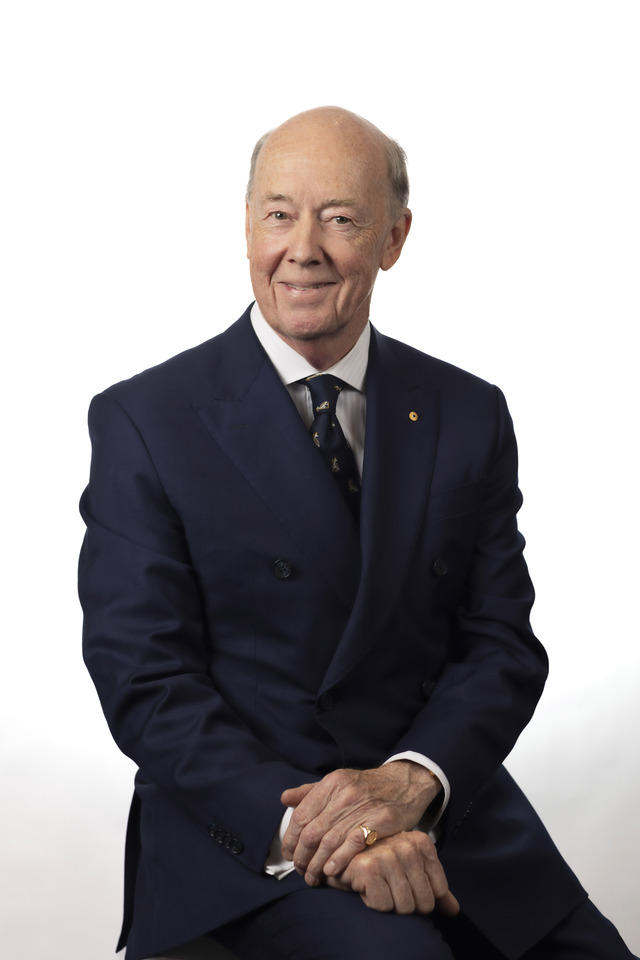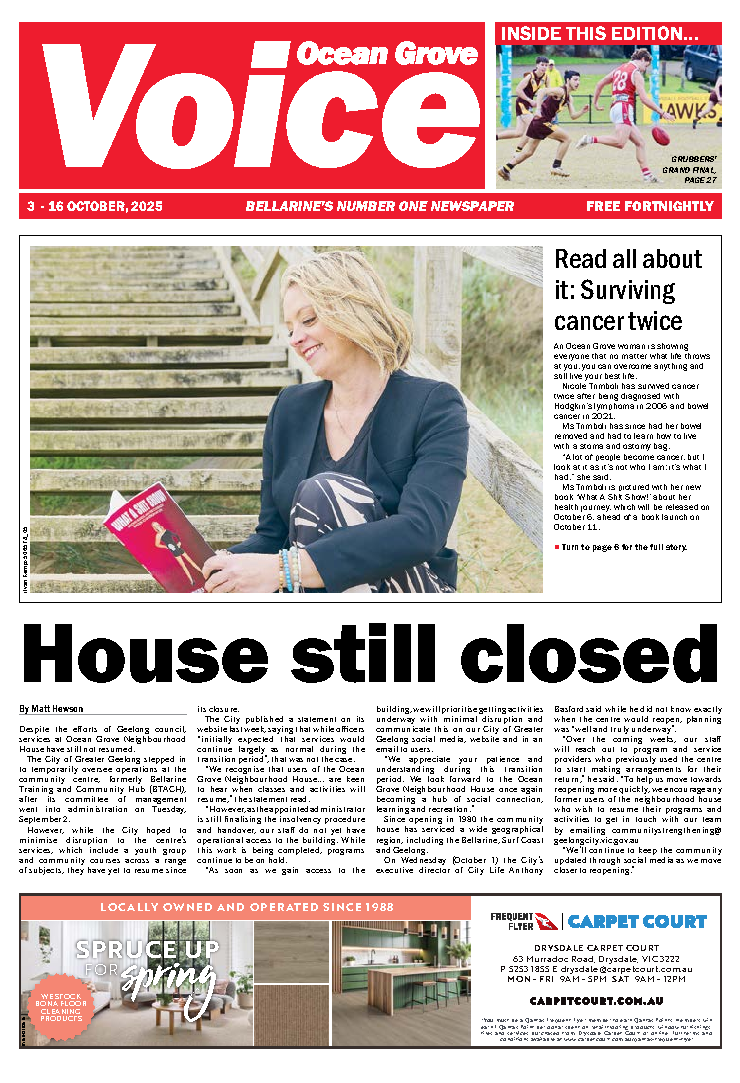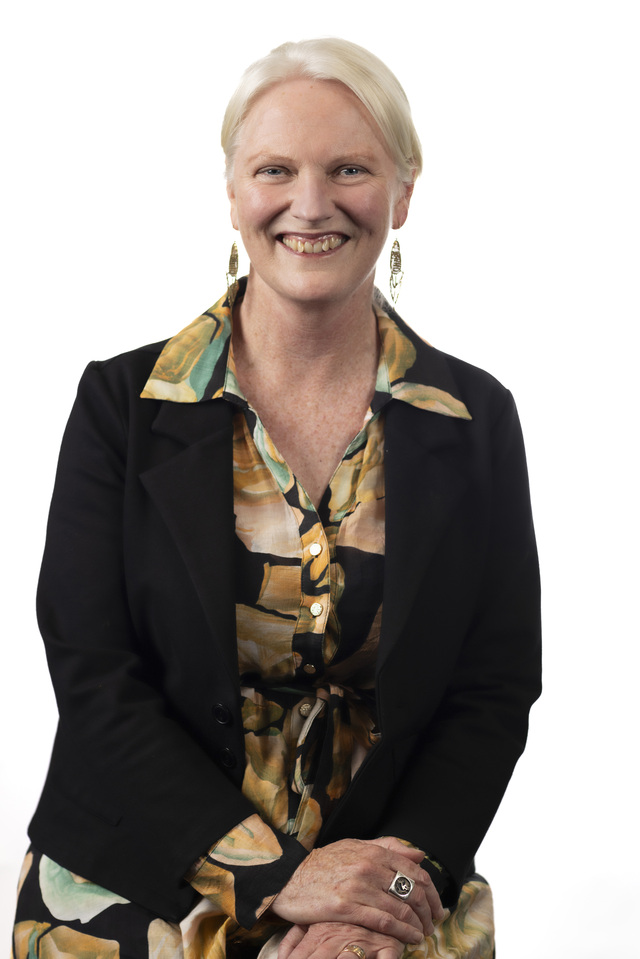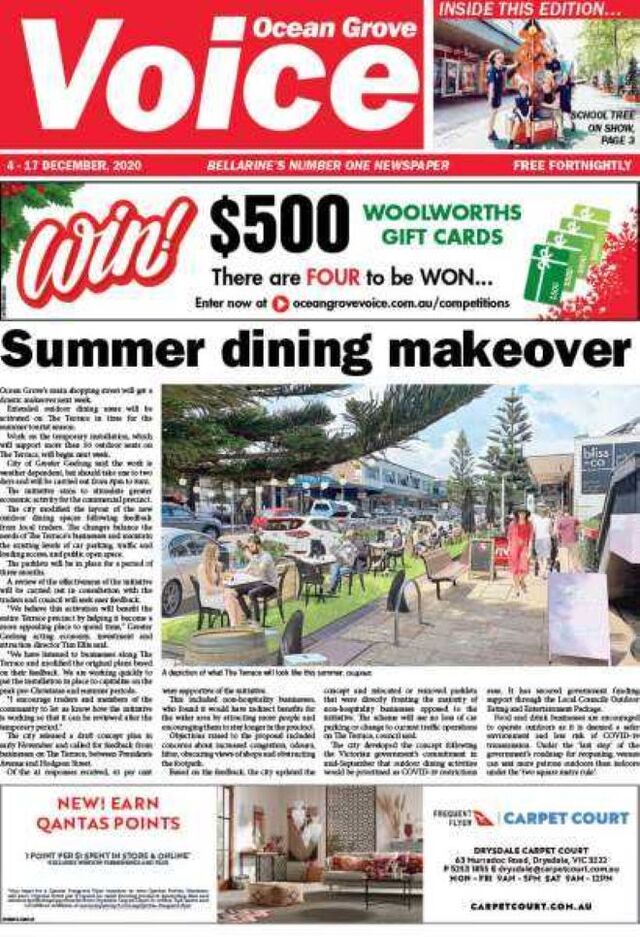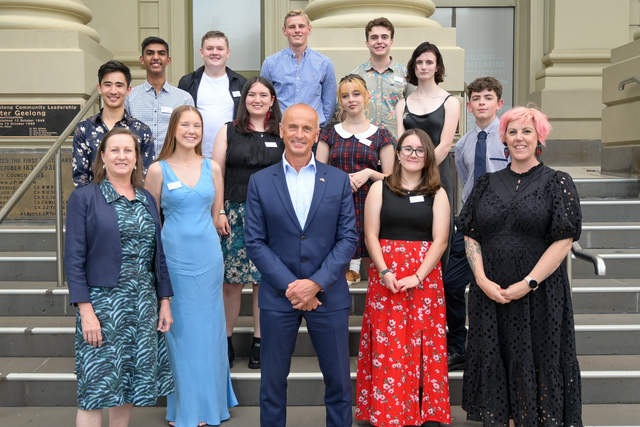The 2024 Geelong Preventative Health Survey results were unveiled on Wednesday, providing a snapshot of the health and wellbeing of people across our city.
Every three to four years, Council conducts this survey to help us understand the needs of the community.
The survey measures important trends for key health indicators including healthy eating, mental health, physical activity, smoking and vaping, alcohol consumption, personal safety and the health impacts of climate change.
As chair of council’s Health portfolio, I was keen to read the results and gain a better understanding of how health concerns vary throughout Greater Geelong.
As a teacher of law and ethics in healthcare, I was also interested to see how the survey identifies areas of inequity throughout the region.
Ten thousand households were selected at random to partake in the survey, with representation from each suburb in Geelong.
Having participants from all areas and demographics ensured that the survey captured areas of health and wellbeing disparity across our community.
The findings indicated that Geelong residents tend to score higher than the state average across many health and wellbeing indicators.
But self-reported health has declined, with 51 per cent of participants reporting good health in the most recent survey, down from 59 per cent in 2017.
Participants pointed to inclusion within the community, future security and physical health as key components leading to high life satisfaction and positive wellbeing.
The survey also revealed that loneliness and isolation are prevalent health issues in our community.
Twenty-five per cent of participants said they felt lonely, which is higher than the 23 per cent state average.
This percentage skyrocketed for young participants aged 18 to 24 (60 per cent) and people who have a disability (61 per cent).
These figures are concerning and will be taken into consideration when we look at initiatives and programs that advocate for community inclusion, particularly for our youth and people with disabilities.
The survey also grouped participants by geographic areas. Ocean Grove was grouped in with Barwon Heads, Breamlea, Connewarre, Mannerim, Marcus Hill, Point Lonsdale, Swan Bay and Wallington (Planning Area 2).
In this area, 88 per cent reported good life satisfaction, giving a rating of seven or higher out of 10.
Participants from this area also tended to feel safer than in most other areas of Greater Geelong.
Ninety-five per cent of Planning Area 2 participants said they felt ‘safe’ or ‘very safe’ where they live.
This sentiment was echoed in Planning Area 3 (spanning Bellarine, Clifton Springs, Curlewis and Drysdale), where 85 per cent of participants felt safe or very safe living in their community.
In Indented Head, Portarlington and St Leonards 88 per cent of participants felt safe to very safe.
The City of Greater Geelong began recording this local health data in 2017, and it has helped guide our planning and decision-making for infrastructure, initiatives, programs and advocacy that directly respond to community needs.
I look forward to working with Council to address the concerns raised and build upon our previous work for a happier, healthier Geelong where all of its citizens can flourish.

